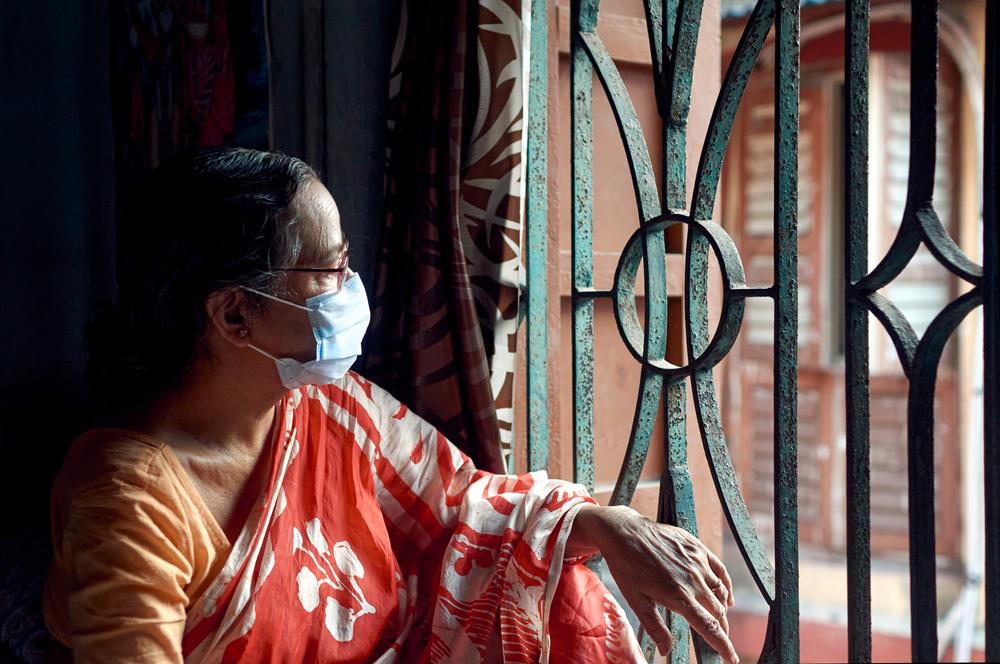


LISBON - Theator's AI and computer vision technology is actively helping top surgeons and healthcare systems around the world improve the quality of patient care. Cited by over 200 peer review platforms in the past year, as well as by Meta and Google for its best-in-class approach to artificial intelligence (AI), the Palo Alto, California-based healthtech’s patented, next-generation system is enhancing the surgical experience on both sides of the aisle.
Hello Tamir. What is the Theator surgical platform and how does it use AI to improve health outcomes?
Surgical and healthcare leaders are flying blind when it comes to truly understanding what happens in the operating room (OR). There's a tremendous opportunity to change this, but without Theator there is no way to capture all minimally invasive and robotic surgical procedures routinely. And simply capturing them is not enough - videos must then be structured and connected to patient outcomes to conduct any meaningful analysis.
Theator's surgical intelligence platform automates the entire process by leveraging AI - without adding cameras or sensors to the OR. AI-powered SaaS technology autonomously captures and de-identifies all surgical videos, meticulously structuring them with procedural steps, documenting intraoperative events (such as bleeding), and showcasing instances of best practice adoption (for example, achieving a critical view of safety in laparoscopic cholecystectomy). Subsequently, it establishes a unidirectional integration with electronic health records, facilitating the correlation of surgical videos with patient outcomes. This integration allows for a comprehensive analysis, revealing insights into optimal surgical practices, opportunities for standardization across hospital systems to minimize variability in postoperative complications, and strategies for enhancing overall surgical quality.
The content herein is subject to copyright by The Yuan. All rights reserved. The content of the services is owned or licensed to The Yuan. Such content from The Yuan may be shared and reprinted but must clearly identify The Yuan as its original source. Content from a third-party copyright holder identified in the copyright notice contained in such third party’s content appearing in The Yuan must likewise be clearly labeled as such. Continue with Linkedin
Continue with Linkedin
 Continue with Google
Continue with Google








 1271 views
1271 views









